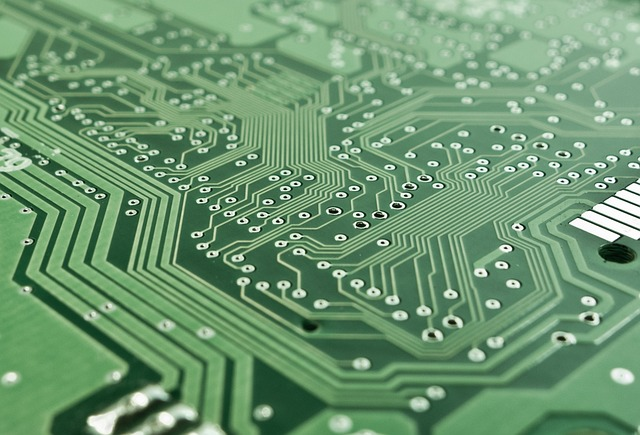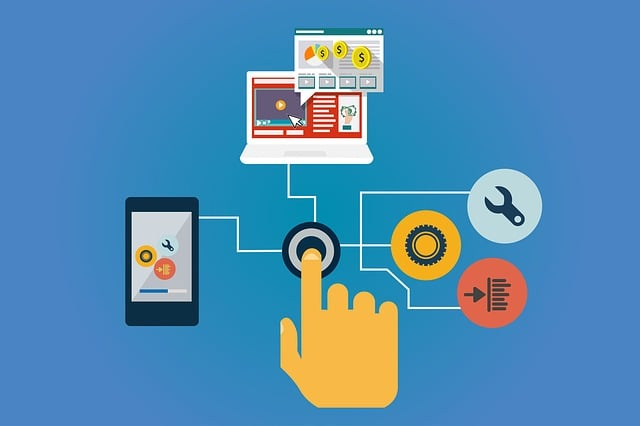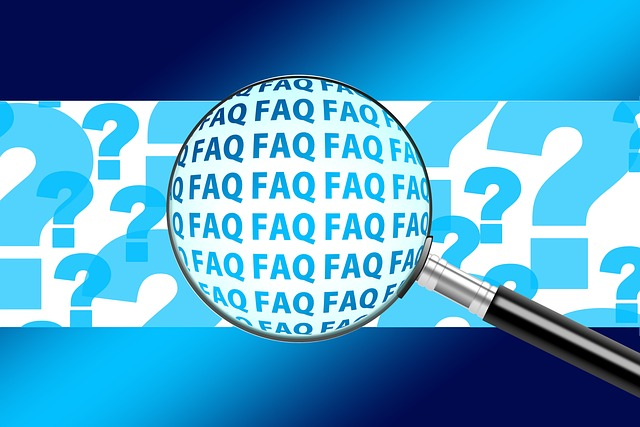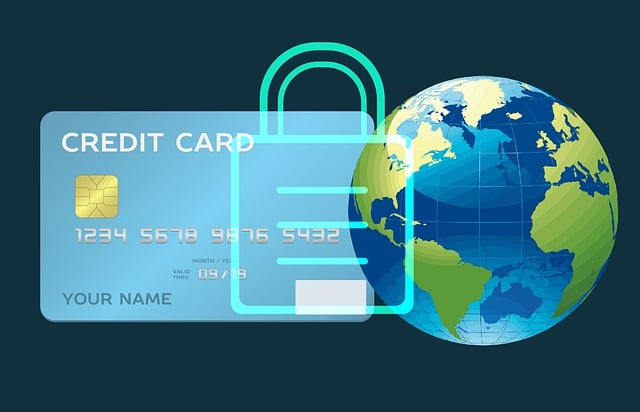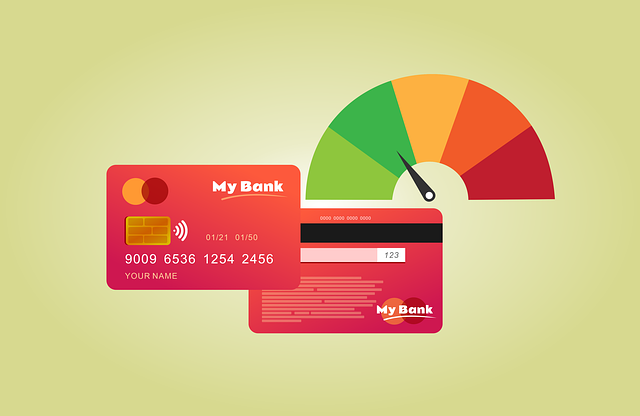What is an EDI Payment?
Electronic Data Interchange (EDI) payments refer to the electronic exchange of financial information between businesses. EDI allows companies to send and receive payment-related data in a standardized format, making the process more efficient and reducing the likelihood of errors.
It is important to note that EDI payments are not a type of transaction themselves but rather a method of transmitting financial data securely and quickly between trading partners. This exchange of information can include invoices, purchase orders, payments, and other financial documents, streamlining the business-to-business communication and payment process. Overall, EDI payments help businesses automate their financial transactions and improve overall efficiency in their operations.
Examples of EDI Payments
Here are a few examples of how EDI codes are used in electronic transactions.
| EDI Code | Description |
|---|---|
| EDI 810 | Invoice – Used for electronic invoicing between trading partners. |
| EDI 850 | Purchase Order – Used by buyers to place orders with suppliers. |
| EDI 856 | Advance Shipping Notice – Provides detailed information about a shipment. |
| EDI 997 | Functional Acknowledgement – Confirms the receipt of an EDI transaction. |
| EDI 820 | Payment Order/Remittance Advice – Used to make payments and provide remittance information. |
Why is it called EDI Payment?
EDI payments are not a payment method in themselves but rather a system that enables the exchange of electronic documents and information between businesses. This technology streamlines the process of conducting transactions electronically by allowing the seamless transfer of data related to invoices, purchase orders, and other business documents. In essence, EDI payments facilitate electronic transactions by providing secure and efficient communication between trading partners.
EDI vs Manual Payment Process
In a manual payment process, transactions are typically processed by hand, involving physical paperwork, checks, and manual data entry. This can be time-consuming and prone to errors, leading to delays in payment processing and potential discrepancies in financial records.
On the other hand, EDI payments involve the electronic exchange of payment information between businesses and their trading partners. This automated process eliminates the need for manual intervention, streamlining the payment process and reducing the risk of errors.
EDI payments are faster, more efficient, and provide greater visibility into the payment status, allowing for better cash flow management and improved accuracy in financial reporting. This method offers significant advantages over manual payment processes in terms of speed, accuracy, and efficiency, making them a preferred choice for businesses looking to optimize their payment operations.
What are the different types of EDI Payments?
Here are a few different types of EDI payments.
Direct Payments (Point-to-Point)
Direct Payments (Point-to-Point) in EDI payments refer to transactions where funds are transferred directly from one party to another electronically, without intermediaries. This payment method is efficient and secure, eliminating the need for paper checks or manual processing. Direct Payments in EDI can streamline the payment process, reduce errors, and improve business cash flow.
Web EDI
Web EDI enables users to make direct payments through a web browser, providing a convenient and secure way to conduct financial transactions online. This technology streamlines the payment process by allowing users to initiate transactions directly from their web browser, eliminating the need for manual intervention.
Mobile Payments
EDI facilitates mobile payments by providing a secure and efficient way for businesses to process transactions directly from customers’ bank accounts or credit cards. This streamlined process allows for quick and convenient payments from anywhere with an internet connection, enhancing the overall user experience.
Value Added Network (VAN)
Value Added Networks (VANs) provide a secure, private, and reliable platform for businesses to exchange electronic data interchange (EDI) transactions. By offering additional services such as data translation, encryption, and monitoring, VANs help streamline communication between trading partners.
What’s the difference between EDI, ACH, and EFT?
You’ll sometimes see the terms EDI, ACH, and EFT used interchangeably, but these are distinct payment methods. Let’s explore how each works and the differences between them.
EDI Payments
EDI payments involve businesses exchanging payment information electronically. This method streamlines transactions by transferring data securely between companies.
ACH
An Automatic Clearing House (ACH) transfer is an electronic payment method that transfers funds between bank accounts. This type of transaction is commonly used for direct deposits, bill payments, and recurring payments. ACH transfers are processed in batches and typically take 1-2 business days to complete, offering a convenient and efficient way to move money electronically.
ACH payments are often conflated with EDI payments because both methods involve remittance information in EDI format. However, ACH transfers funds electronically, while EDI is a transfer of information.
EFT
Electronic Funds Transfer (EFT) is a broad term encompassing any transfer of funds initiated electronically, including wire transfers, online payments, and direct deposits. On the other hand, ACH is a specific type of EFT that involves batch processing of transactions between financial institutions.
A critical difference between EFT and ACH is that while EFT refers to any electronic transfer of funds, ACH specifically refers to the electronic network used for processing large volumes of credit and debit transactions in the United States. Additionally, ACH transactions are typically slower and have lower fees than other forms of EFT, making them ideal for recurring payments like payroll deposits or bill payments.
How do EDI Payments work?
Here are the steps for how EDI payments work.
- Setting Up EDI: The first step in utilizing EDI payments is to set up an Electronic Data Interchange (EDI) system with your trading partners. This involves establishing a secure connection for the exchange of electronic documents, including invoices and payment information.
- Generating Invoices: Once the EDI system is in place, you can start generating electronic invoices that contain all the necessary payment details. These invoices are then sent directly to your trading partners through the EDI system.
- Receiving Payment Requests: After sending out invoices, you will receive payment requests from your trading partners through the EDI system. These requests will include the amount due, payment terms, and any other relevant information.
- Authorizing Payments: Once you have reviewed the payment requests, you can authorize payments through your financial institution via the EDI system. This step ensures that payments are processed accurately and efficiently.
- Confirming Payment: You will receive transaction confirmation through the EDI system after authorizing payments. This confirmation serves as proof that the payment has been successfully processed and can be used for record-keeping purposes.
- Reconciling Accounts: Finally, you must reconcile your accounts regularly to ensure that all payments have been accurately recorded and accounted for. This step helps to prevent any discrepancies or errors in your financial records.
What are the benefits and drawbacks of EDI Payments?
There are several benefits of EDI payments. They make payment processes quicker, helping companies receive money faster. This method also reduces expenses by reducing the manual work involved in processing payments. Moreover, EDI payments enhance the accuracy of payment data, ensuring that transactions are recorded correctly.
Despite their benefits, EDI payments have some drawbacks to consider. Due to their reliance on electronic systems, payment instructions might be delayed. Using this method requires specialized software or expertise, which can be costly for businesses.
EDI Payment Pros & Cons
Pros:
- Faster payment processes.
- Reduced costs.
- Improved accuracy of payment data.
Cons:
- Potential delays in payment instructions.
- Reliance on electronic systems.
- Need for specialized software or expertise.
Frequently Asked Questions
Here are the most common questions about EDI payments.
Who uses EDI Payments?
Businesses utilize EDI payments to simplify their payment procedures and minimize manual tasks. Companies employing either direct EDI or web EDI systems experience quicker and more effective electronic payment processes. These methods facilitate the safe and automated transfer of payment data, such as payment instructions and electronic funds transfers (EFT).
Examples of industries that use EDI payments include:
- Retailers.
- Manufacturers.
- Suppliers.
- Distributors.
- Healthcare providers.
- Insurance companies.
- Government agencies.
Can any business use EDI Payments?
EDI payments are versatile tools for businesses looking to modernize their payment processes. Any business, regardless of its size or industry, can benefit from utilizing EDI payments to streamline financial transactions. These electronic payment methods allow companies to transmit payment data to their trading partners securely.
Businesses leveraging EDI payments have access to various payment methods such as EFT payments, wire transfers, and automated clearing house (ACH) transactions. For instance, a small online boutique can use web EDI to send payment information electronically when restocking inventory with suppliers. On the other hand, a large manufacturing company might opt for direct EDI to handle bulk orders and process invoices efficiently with its business partners.
Are EDI Payments secure?
EDI payments are known for their high level of security. Through encryption and authentication protocols, electronic payment processes within EDI ensure that payment data, instructions, and information are transferred safely. This secure environment significantly reduces the risk of unauthorized access or interception.
One key advantage of EDI payments is eliminating manual handling in financial transactions. Businesses can mitigate errors and reduce the likelihood of fraudulent activities by automating these processes. This enhanced security feature offers peace of mind to companies and customers involved in electronic fund transfers through EDI.
How can EDI Payments benefit small businesses?
EDI payments offer numerous advantages to small businesses. They help streamline payment processes, making transactions quicker and more efficient. With Web EDI, these businesses can easily exchange payment data with their trading partners in a secure manner.
What are EDI Payments – Final Thoughts
EDI payments offer small businesses a streamlined and efficient way to handle transactions with their trading partners. By automating the exchange of documents and payment information, EDI can help businesses save time and reduce errors associated with manual data entry.
Additionally, EDI payments can improve cash flow by speeding up the invoicing and payment process. Overall, embracing EDI technology can give small businesses a competitive edge in today’s fast-paced business environment.
Contact us if you have more questions about EDI payments or to apply for a small business loan. Our alternative funding experts can help you find the funding you need for your small business goals.



